Invited Talk
Kai Lawonn gives an invited talk at MPI in Saarbrücken about illustrative visualization.
Kai Lawonn gives an invited talk at MPI in Saarbrücken about illustrative visualization.
After many years of development the Dornheim Segmenter (http://www.segmenter.de/) is now released as a product by our Spin-Off Company Dornheim Medical Images. It is based on research in our group primarily in computer-assisted ENT surgery. Former members of the group, such as Jana Dornheim, Kerstin Kellermann and Tobias Mönch contributed a lot.
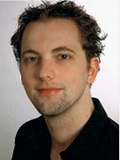 The Phd thesis of Kai Lawonn was selected the best Phd thesis of the Faculty in the academic year (1. 10. 2013 – 30. 9. 2014).
The Phd thesis of Kai Lawonn was selected the best Phd thesis of the Faculty in the academic year (1. 10. 2013 – 30. 9. 2014).
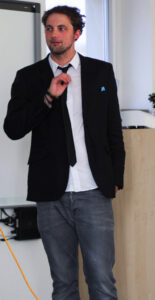 Kai Lawonn has successfully defended his Phd thesis on “Illustrative Visualization of Medical Datasets” September, 15. Kai made a number of contributions related to feature lines applied to medical surface meshes. A systematic comparison of existing techniques, the development of new techniques, bridging between feature lines and hatchings, new applications in virtual endoscopy and molecular dynamics. Also for visualizing vascular surfaces along with internal blood flow Kai could strongly improve over existing methods. All this was accomplished in only 2.5 years. The Phd committee rated his performance as “Summa cum laude”.
Kai Lawonn has successfully defended his Phd thesis on “Illustrative Visualization of Medical Datasets” September, 15. Kai made a number of contributions related to feature lines applied to medical surface meshes. A systematic comparison of existing techniques, the development of new techniques, bridging between feature lines and hatchings, new applications in virtual endoscopy and molecular dynamics. Also for visualizing vascular surfaces along with internal blood flow Kai could strongly improve over existing methods. All this was accomplished in only 2.5 years. The Phd committee rated his performance as “Summa cum laude”.
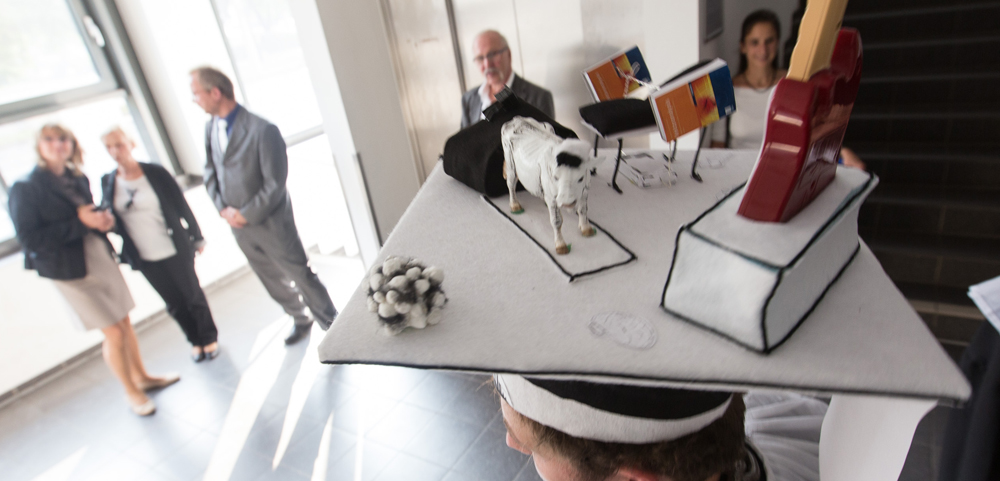
We are happy to announce that we will present four papers at this year’s Eurographics Workshop on Visual Computing for Biology and Medicine (EG VCBM) in Vienna, Austria.
“A Comparative User Study of a 2D and an Autostereoscopic 3D Display for a Tympanoplastic Surgery” Alexandra Baer, Antje Huebler, Patrick Saalfeld, Douglas Cunningham, Bernhard Preim.
“Robust Cardiac Function Assessment in 4D PC-MRI Data” Benjamin Köhler, Uta Preim, Matthias Gutberlet, Katharina Fischbach, Bernhard Preim.
“Survey of Labeling Techniques in Medical Visualizations” Steffen Oeltze-Jafra, Bernhard Preim.
“Interactive Labeling of Toponome Data” Steffen Oeltze-Jafra, Franz Pieper, Reyk Hillert, Bernhard Preim, Walter Schubert.
We are looking forward to it!
We are happy to announce that we will present four papers at this years IEEE VIS.
“Combined Visualization of Wall Thickness and Wall Shear Stress for the Evaluation of Aneurysms” Sylvia Glaßer, Kai Lawonn, Thomas Hoffmann, Martin Skalej, Bernhard Preim.
“Interactive Visual Analysis of Image-Centric Cohort Study Data” Paul Klemm, Steffen Oeltze-Jafra, Kai Lawonn, Katrin Hegenscheid, Henry Völzke, Bernhard Preim
“Blood Flow Clustering and Applications in Virtual Stenting of Intracranial Aneurysms” Steffen Oeltze, Dirk J. Lehmann, Alexander Kuhn, Gabor Janiga, Holger Theisel, Bernhard Preim.
“ADR – Anatomy-Driven Reformation” Jan Kretschmer, Grzegorz Soza, Christian Tietjen, Michael Suehling, Bernhard Preim, Marc Stamminger
We look forward to it!
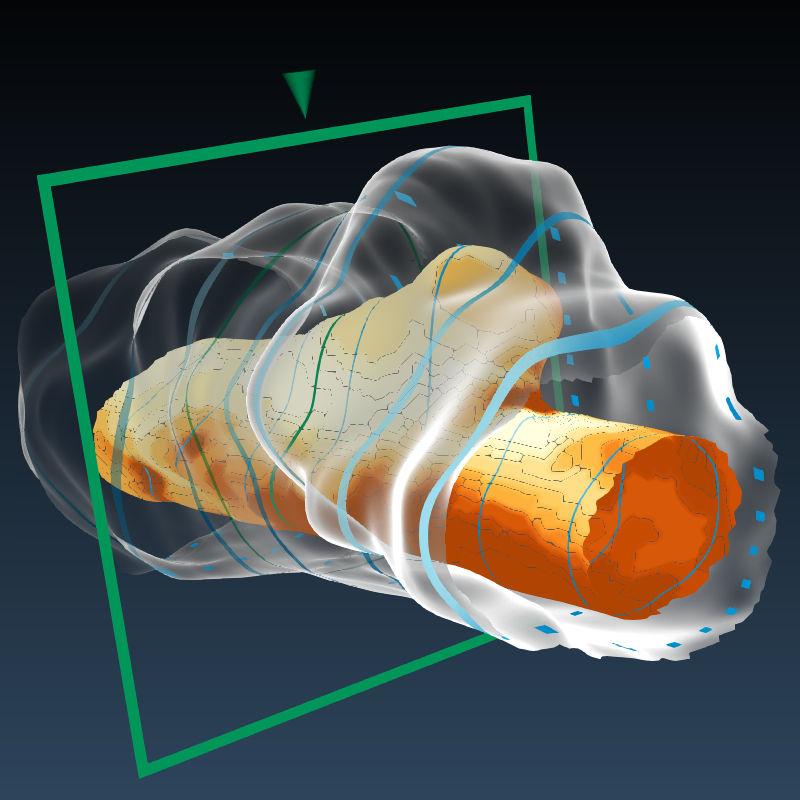
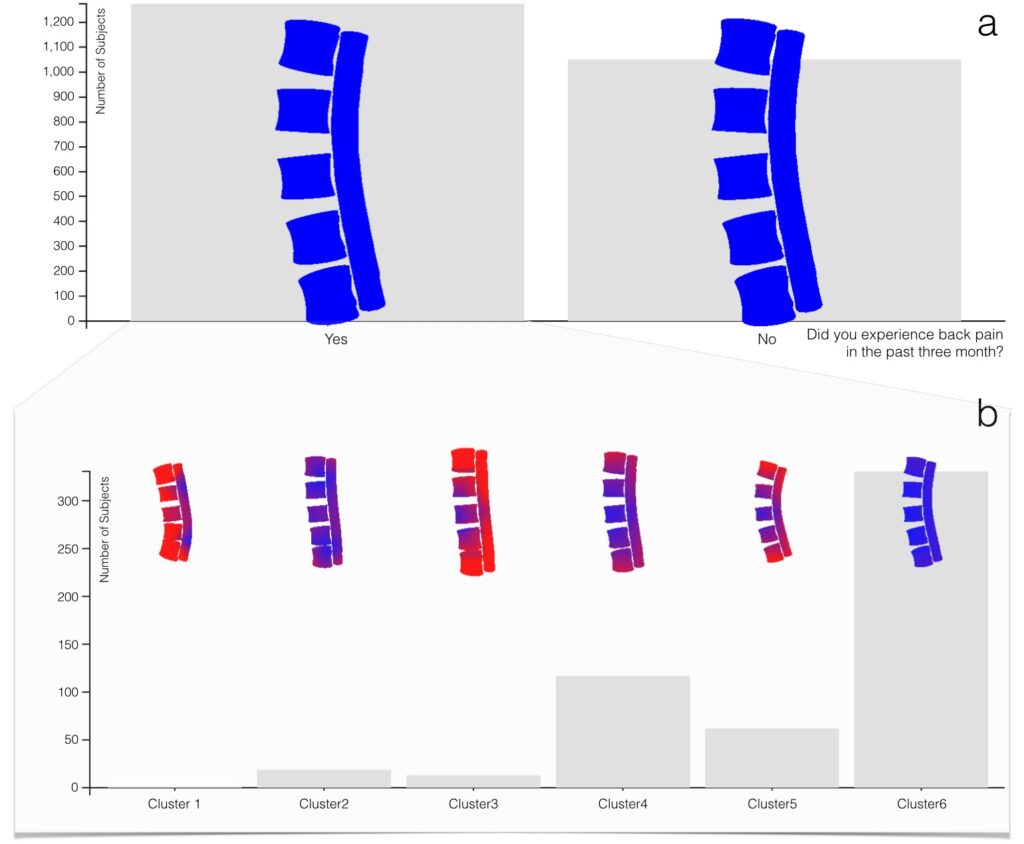
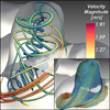
Sylvia Glaßer, Phd student of the visualization group, successfully defended her thesis “Visual Analysis, Clustering, and Classification of Contrast-Enhanced Tumor Perfusion MRI Data”.
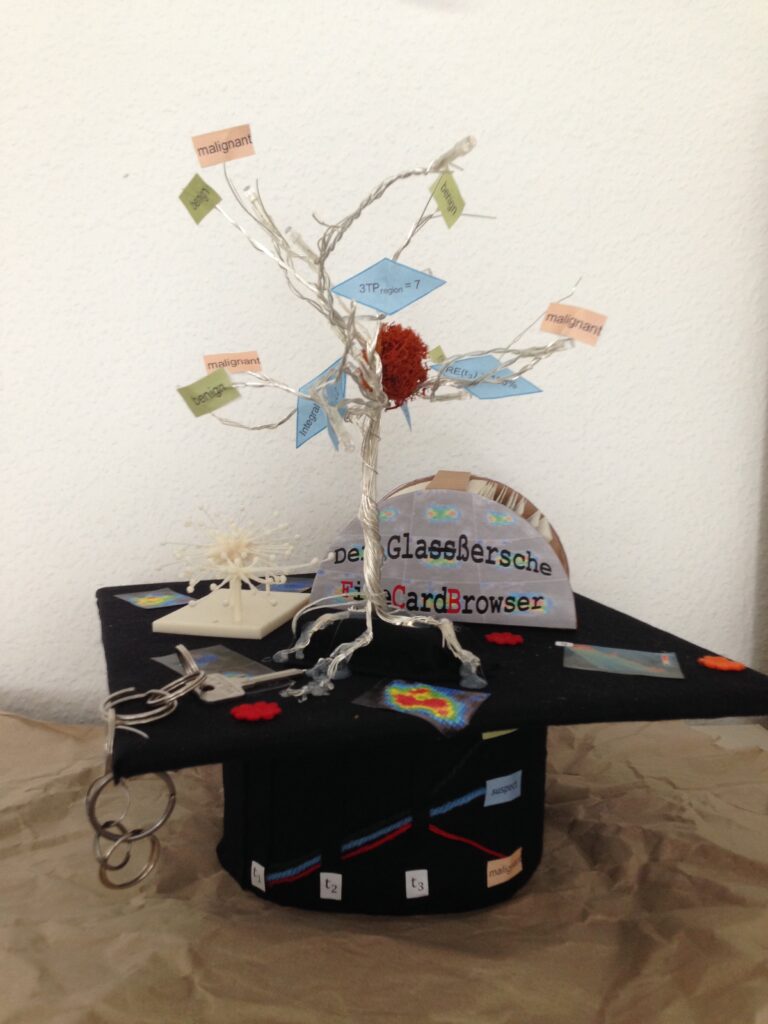
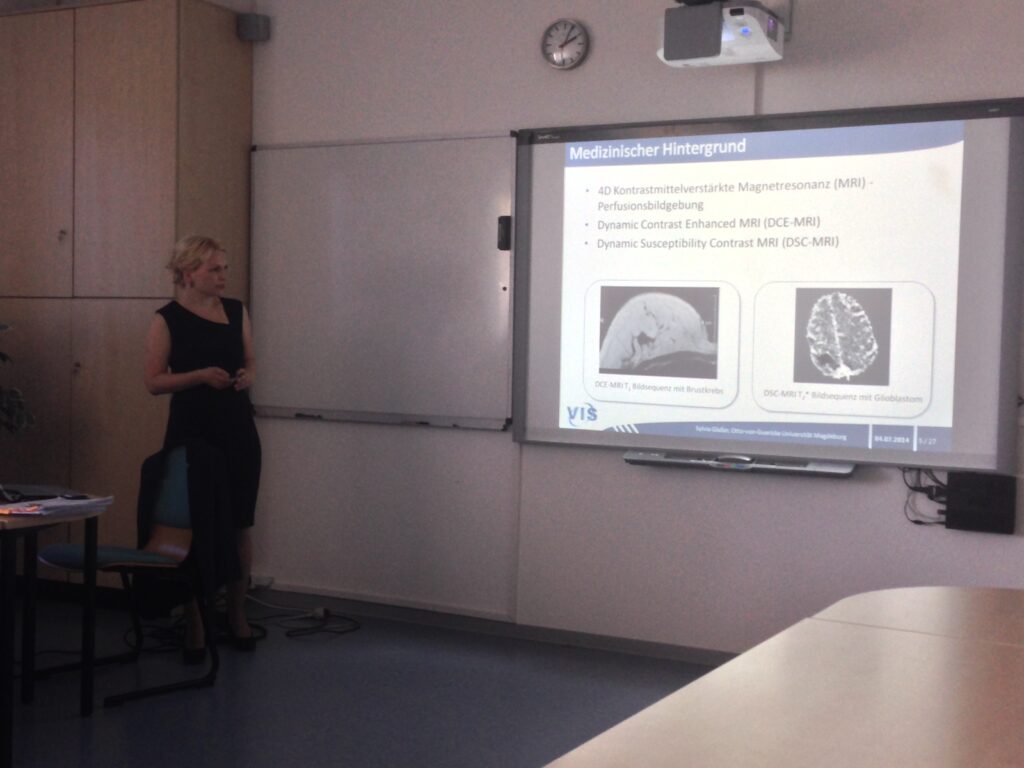
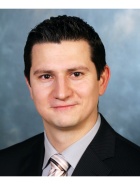 Tobias Mönch, Phd student of the visualization group, successfully defended his thesis “Context-Aware 3D Model Generation for Biomedical Applications”.
Tobias Mönch, Phd student of the visualization group, successfully defended his thesis “Context-Aware 3D Model Generation for Biomedical Applications”.
Mathias Neugebauer, Phd student of the visualization group, successfully defended his thesis “Computer-Aided Exploration of Blood Flow in Cerebral Aneurysms – Geometrical Processing and Interactive Visualization”.
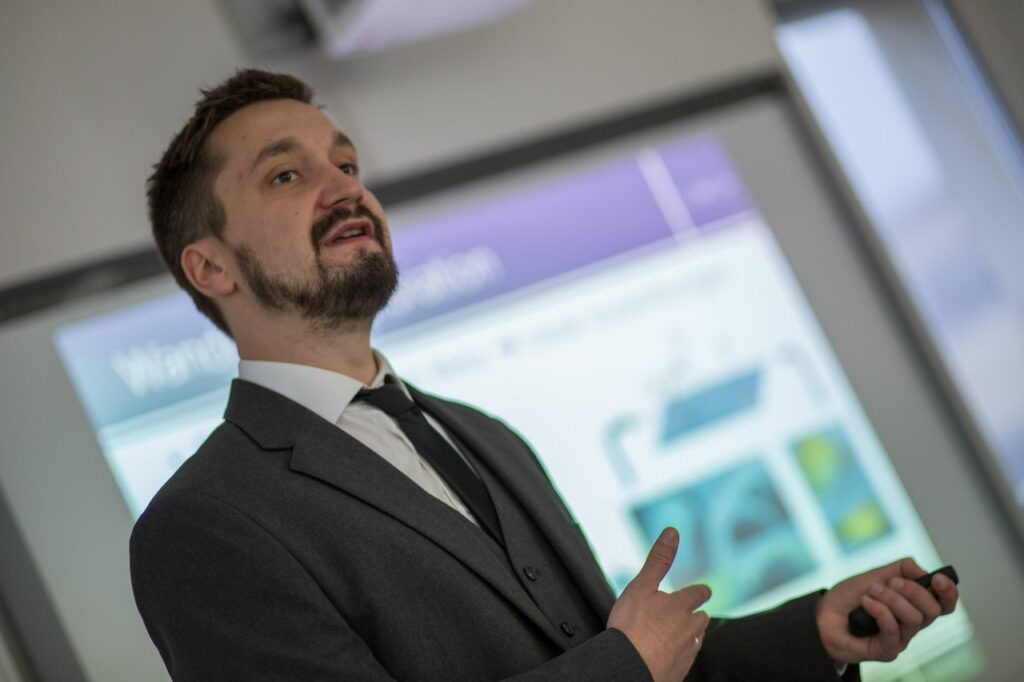
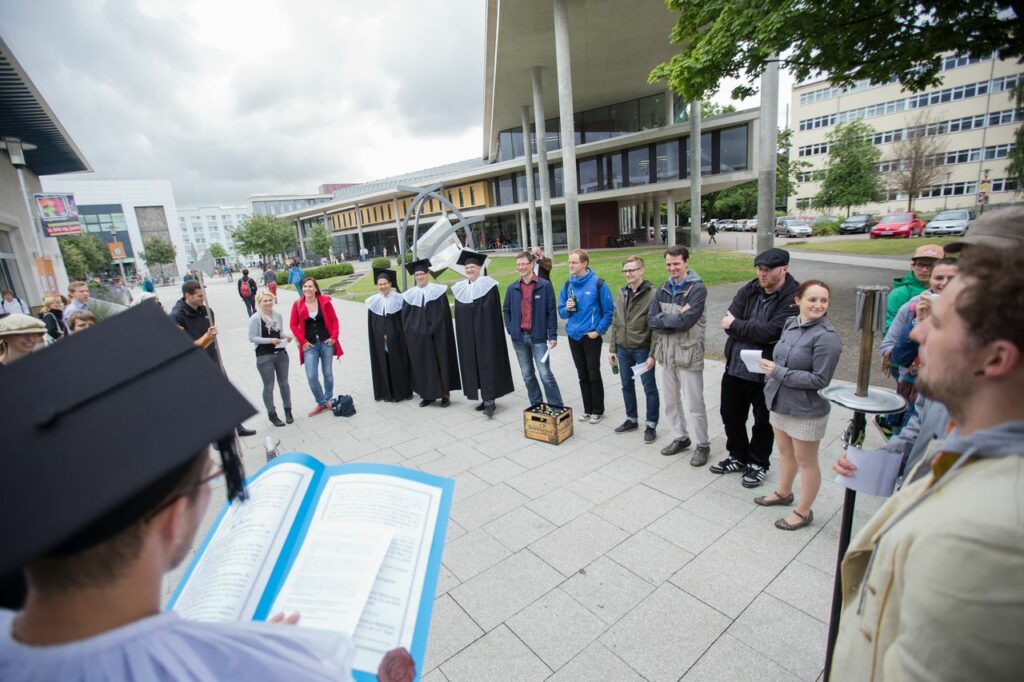
Our joint work with SIEMENS Healthcare and the University of Erlangen was awarded with the only Honorable Mention award in the EuroVis Short Paper Section, making it the 2nd best Short Paper. The paper deals with an improved multivessel reformation technique based on a bilateral filter applied to depth information that effectively avoids small and disturbing discontinuities while preserving large information-carrying discontinuities. Bernhard Preim gets the award from one of the Short Paper Chairs in Swansea.